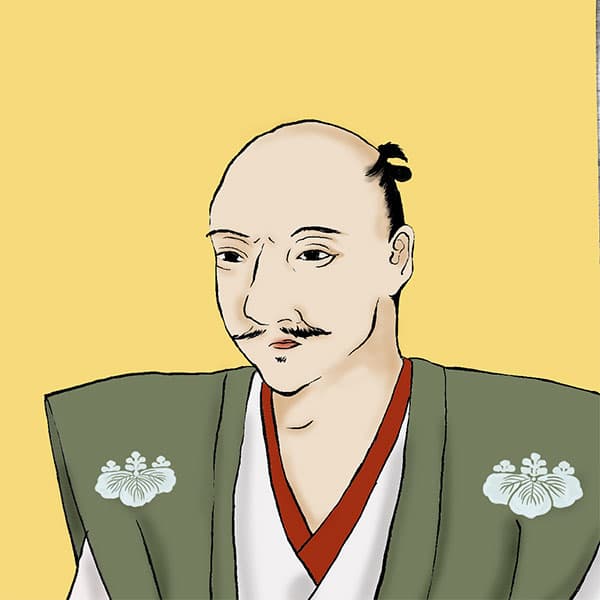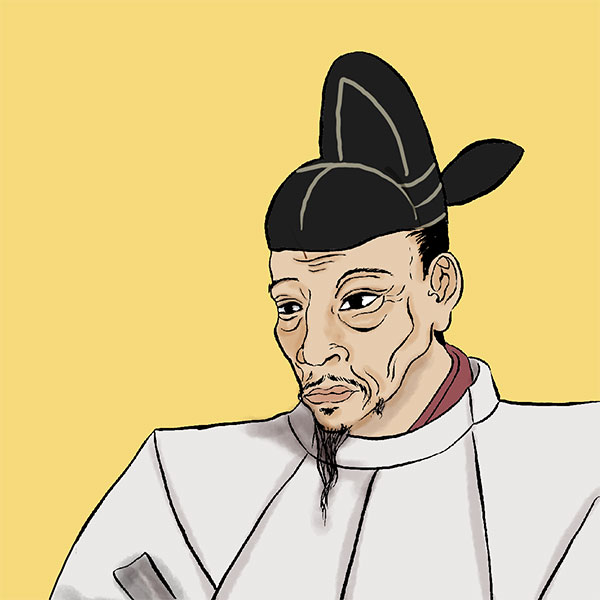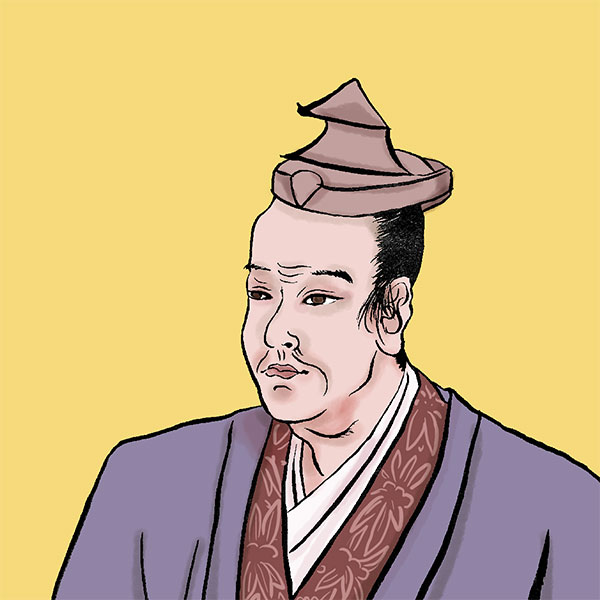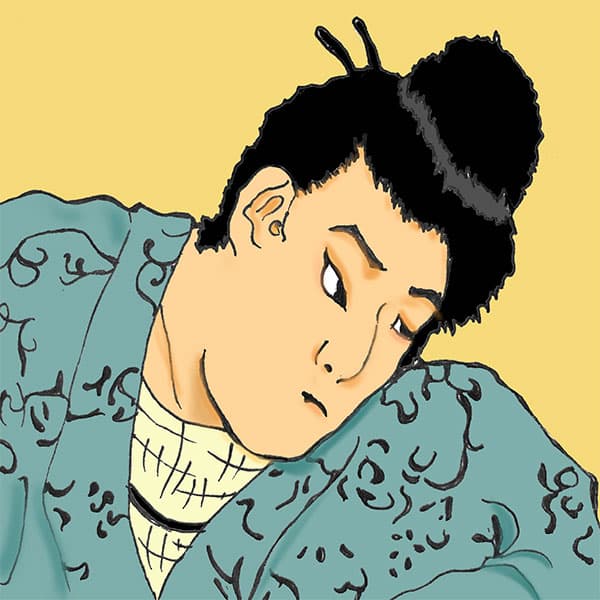Kishu conquest (1/2)Oda Nobunaga/Toyotomi Hideyoshi vs. Saiga/Negoro
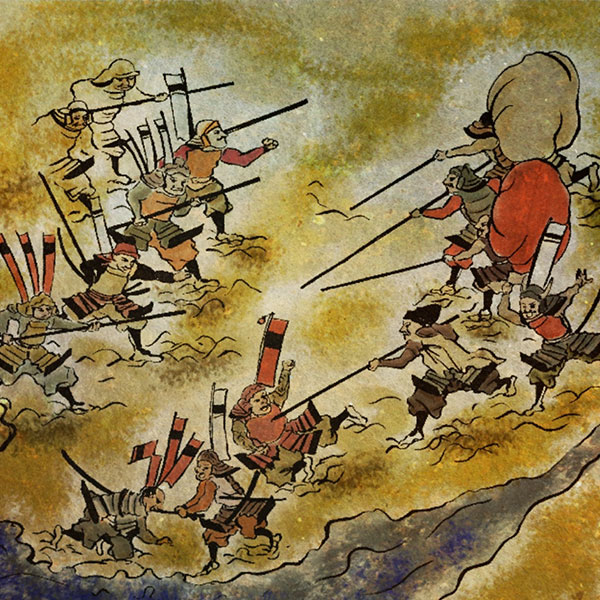
Kishu conquest
- Article category
- case file
- Incident name
- Kishu Conquest (1577-1585)
- place
- Wakayama Prefecture/Mie Prefecture
- Related castles, temples and shrines

Wakayama Castle

Ota Castle

Kishiwada Castle
What do you imagine when you think of "Kiokuni" during the Sengoku period? Kii Province is part of present-day Wakayama Prefecture and Mie Prefecture, but it is full of famous tourist spots such as Mt. Koya and Kumano Sanzan. The Saigashu, famous as the strongest gun mercenary group in the Sengoku period, also lived here. Oda Nobunaga and Toyotomi Hideyoshi, who aimed to unify the country, also launched the Kishu Conquest, invading Kii Province in 1577 and 1585, respectively. How did Nobunaga and Hideyoshi attack Kii Province, which was protected by the Saigashu? This time, we will take a closer look at the two Kishu Conquests.
What kind of country was Kii Province?
Kii Province (also known as Kishu) is an area that corresponds to the southwestern part of present-day Wakayama Prefecture and Mie Prefecture. The guardian was the Hatakeyama clan, but rather than being under the dictatorship of the Hatakeyama clan, it was more like a ``republic'' of local governments organized by several religious factions. Specifically, five factions, Mt. Koya, Kumano Sanzan, Kokawa-dera, Negoro-shu (Negoro-ji), and Saiga-shu (Ikko sect, Jodo sect, Shingi Shingon sect), created religious cities and ruled each region, and Lewis Frois also introduced Kii Province as a ``great republic-like existence.'' Did temples and shrines have that much power? However, temples and shrines at that time had monk soldiers and could use force. The Kii Peninsula was originally full of mountains, and the places where people lived were limited, which may have made it even more republic-like.
Of these, the Saiga-shu and Negoro-shu were largely involved in the Kishu conquest. The Saigashu are famous as the strongest gun mercenary group in the Sengoku period, and they lived in the Saiga no Sato, which spread out around parts of present-day Wakayama City and Kainan City. Saiga no Sato was divided into five blocks (So): Jukago and Saiga-sho at the mouth of the Kino River, and Nakago, Miyago, and Nango inland. Often collectively referred to as the ``Saikashu'', Tokago and Saikasho are areas that are centered on fishing, shipping, and commerce that utilize rivers and the sea, and are home to many followers of the Ikko sect. The three inland blocks, on the other hand, were centered on agriculture and were strongly influenced by the Shingi Shingon sect of Negoroji Temple. Due to these differences, the Saigashu were never monolithic.
The Negoroshu, on the other hand, were a group of monks and warriors at Negoroji Temple, the head temple of the Shingi Shingon sect, located in the northern part of Kii Province and centered around present-day Iwade City. Because they were in conflict with the Shingon sect of Mt. Koya, they became more armed, and like the Saigashu, they used guns.
Why did Nobunaga's "First Kishu Conquest" occur?
In 1577, Oda Nobunaga conducted a large-scale invasion of Kishu, which had such a complicated situation. The trigger was the ``Ishiyama Battle'' between the Ikko sect and Honganji Temple and Nobunaga, which was fought from September 1570 to August 1580. During the Battle of Ishiyama, the Saiga clan arrived at Honganji Temple. This is related to the fact that there were many Ikko sect believers in Saikasho and Tokago.
The Saigashu rushed to Honganji's stronghold, Ishiyama Honganji Temple, to help, and used guns to harass Nobunaga's army. After all, the Saigashu were a group of mercenaries that were said to ``If you make them your allies, you will definitely win, and if you make them your enemies, you will definitely lose.'' No wonder Nobunaga is struggling.
The Saiga clan who were active at this time was known as ``Saiga Magoichi'' (Magoichi). His real name was ``Suzuki Magoichi,'' a name used by the top of the Suzuki family, an influential group in Tokago. It is estimated that ``Suzuki Magoichi'' during this period was a person called ``Suzuki Shigehide.'' Magoichi tormented Nobunaga with thousands of guns at the Battle of Tennoji in 1576, and was also active with the Mori and Murakami navy in the First Battle of Kizukawaguchi immediately afterwards. It is said that most of the strategies were planned by the Saiga clan.
In response to this situation, Nobunaga adopted a strategy of undermining the Saigashu. They wanted to take advantage of water transportation to suppress Saiga, which had become a supply base for supplies, and reduce the strength of Honganji Temple.
Nobunaga then succeeded in getting Nakago, Miyago, and Nango inland, which were not members of the Ikko sect, to switch sides through negotiations. He then dispatched a large army of 100,000 (sometimes 150,000) to the remaining Saikasho and Tokago. This was the first Kishu conquest.
First Kishu Conquest ① Saigashu persists against Nobunaga for a month!
In February 1577, Oda Nobunaga led a large army of 100,000 men into the Saiga village, with the help of three blocks from the Saiga clan who had defected, as well as the Negoro clan, who had been cooperating with Nobunaga. I will attack. It was a major battle in which his eldest son Nobutada Oda, Hideyoshi Toyotomi, Hidemasa Hori, Kazumasu Takigawa, Mitsuhide Akechi, Junkei Tsutsui, and Nobumori Sakuma also participated. On the other hand, the Saiga clan numbered only about 2,000. I thought it would be over in no time, but Magoichi Suzuki fought hard here as well. They continued to fight for a month in guerrilla warfare, making full use of traps.
Nobunaga's army set up its headquarters in Nobutatsu (Sennan City, Osaka Prefecture), and from there it divided its forces into Hamate, which went south along the coast, and Yamate, which went inland. Hamate's army passes through Takako Pass and surrounds Nakano Castle on the Saiga side, forcing it to surrender.
The Yamate army, on the other hand, passed through Fubuki Pass, crossed the Kino River, and set up on the east side of Saiga Castle, the stronghold of the Saiga clan, across the Saiga River (Waka River). Afterwards, the advance party, Hidemasa Hori, began to cross the Saika River to attack Saika Castle, but the Saika soldiers had buried abatis, spear points, pots, and pails in the riverbed beforehand. There is a trap in the river that is difficult to cross, and Nobunaga's army has a tough time. Saiga's guns and bows exploded on exhausted soldiers who managed to cross, causing heavy losses to Nobunaga's army.
After that, the Saigashu continued their guerrilla warfare and held out against Nobunaga's army for a month. But in the end, they were outnumbered. Magoichi consulted with six influential people, including Morishige Tsuchihashi, and vowed to surrender to Nobunaga, who agreed. Nobunaga was surrounded by Hongan-ji Temple, Mori, and other enemies, so it was no time for him to focus his efforts solely on the Saigashu.
The Saiga clan's civil war continues
Nobunaga and the Saigashu once made peace, but six months later, in July 1577, Magoichi and his group began to take revenge on the three blocks that had defected to Nobunaga. In response, Nobunaga again dispatched an army of 70,000 (some say 80,000) led by Nobumori Sakuma and others, but failed to suppress it. The two made peace again.
After that, Magoichi attacked the Ota Castle of Ota Sakon, the central figure in the 3rd block (the First Battle of Ota Castle), but after a month of battle, the battle was inconclusive and peace was concluded. Later, Sakon apologized to Honganji Temple and was pardoned. While the Saika clan was having internal conflicts, Nobunaga made peace with Hongan-ji Temple in August 1580. In this way, the Saigashu also ended their war against Nobunaga.
After that, Magoichi approaches Nobunaga. In response, Morishige Tsuchihashi maintained an anti-Nobunaga stance, which led to another fight within the Saika clan, and in January 1582, Magoichi assassinated Morishige. In this way, the conflict within the Saiga clan came to an end, and the Saiga clan became Nobunaga's subordinates...
On June 2, 1582, the Honnoji Incident occurred. As a result, Kishu, centered around the Saiga clan, was again involved in war and gradually declined.
Second Kishu Conquest ① Why did the battle with Hideyoshi occur?
In 1582, Suzuki Magoichi immediately fled from Saiga after receiving the news that Oda Nobunaga had fallen in the Honnoji Incident. On the other hand, it was the anti-Nobunaga faction, the Tsuchibashi clan, who regained power. The Tsuchibashi clan had originally had a close relationship with Negoro-ji Temple, so they strengthened their relationship with the Negoro-shu. He also repaired relations with Miyago and other inland Saiga clans.

- WriterNaoko Kurimoto(Writer)I am a former travel industry magazine reporter. I have loved history, both Japanese and world history, since I was a child. I usually enjoy visiting temples and shrines, especially shrines, and often do ``pilgrimages to sacred places'' themed around historical figures. My favorite military commander is Ishida Mitsunari, my favorite castle is Kumamoto Castle, and my favorite castle ruins is Hagi Castle. My heart flutters when I see the ruins of battle castles and the stone walls of castle ruins.




